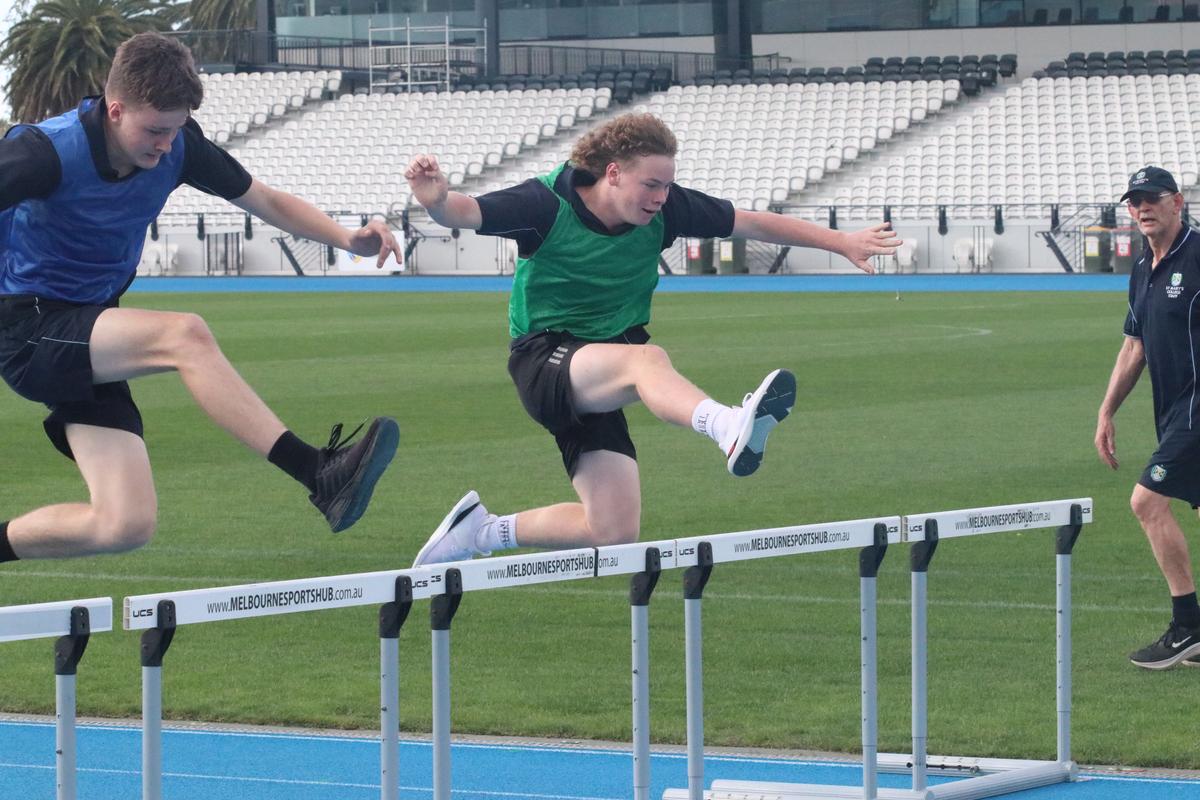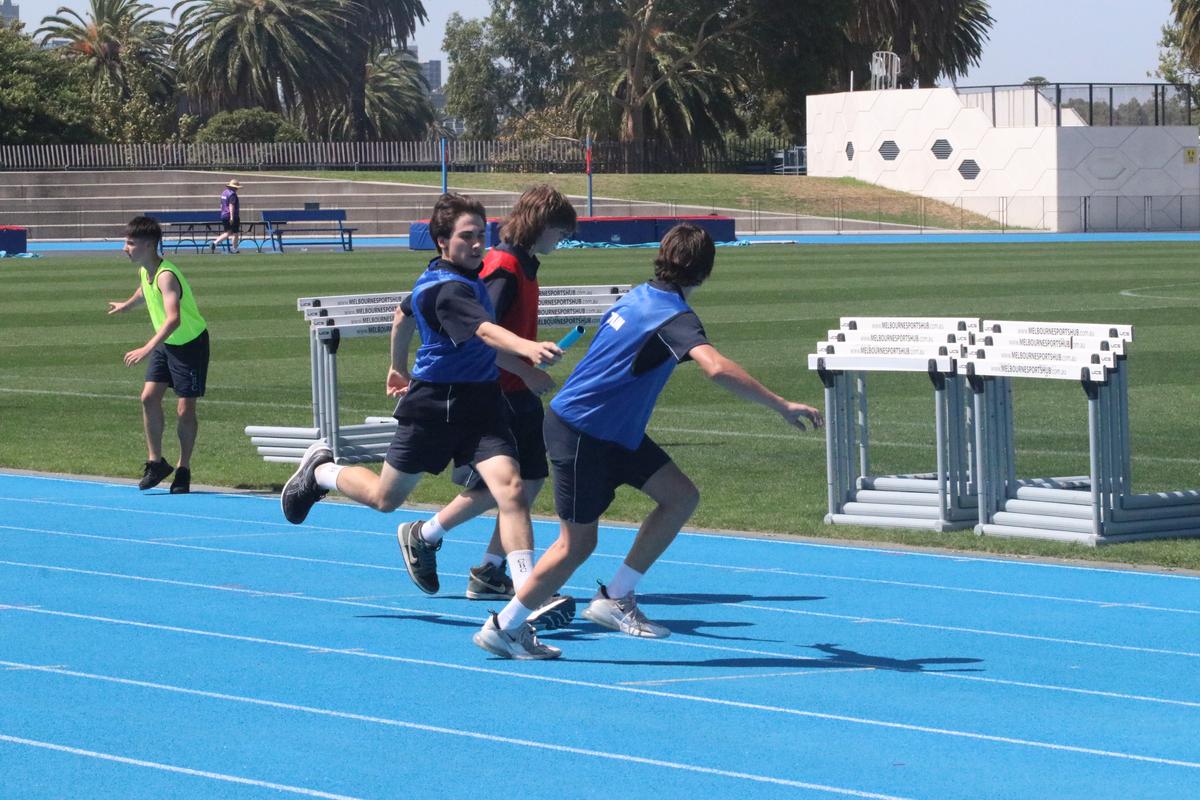Health and Physical Education Group
Course Outlines

Health and Physical Education Group
Course Outlines
Scroll down for descriptions of:
Course Description
VCE Health and Human Development provides students with broad understandings of health and wellbeing that reach far beyond the individual. Students learn how important health and wellbeing is to themselves and to families, communities, nations and global society. Students explore the complex interplay of biological, sociocultural and environmental factors that support and improve health and wellbeing and those that put it at risk. The study provides opportunities for students to view health and wellbeing, and development, holistically – across the lifespan and the globe, and through a lens of social equity and justice.
Course Structure
Unit 1: Understanding health and wellbeing
This unit looks at health and wellbeing as a concept with varied and evolving perspectives and definitions. It takes the view that health and wellbeing are subject to a wide range of contexts and interpretations, with different meanings for different people. As a foundation to the understanding of health, students should investigate the World Health Organization’s (WHO) definition and also explore other interpretations. Wellbeing is a complex combination of all dimensions of health, characterised by an equilibrium in which the individual feels happy, healthy, capable and engaged.
Area of Study
Unit 2: Managing health and development
This unit investigates transitions in health and wellbeing, and development, from lifespan and societal perspectives. Students look at changes and expectations that are part of the progression from youth to adulthood. This unit promotes the application of health literacy skills through an examination of adulthood as a time of increasing independence and responsibility, involving the establishment of long-term relationships possible considerations of parenthood and management of health-related milestones and changes.
Area of Study
Unit 3: Australia’s health in a globalised world
This unit looks at health, wellbeing and illness as multidimensional, dynamic and subject to different interpretations and contexts. Students begin to explore health and wellbeing as a global concept and to take a broader approach to inquiry. As they consider the benefits of optimal health and wellbeing and its importance as an individual and a collective resource, their thinking extends to health as a universal right. Students look at the fundamental conditions required for health improvement, as stated by the World Health Organization (WHO).
Area of Study
Unit 4: Health and human development in a global context
This unit examines health and wellbeing, and human development in a global context. Students use data to investigate health status and burden of disease in different countries, exploring factors that contribute to health inequalities between and within countries, including the physical, social and economic conditions in which people live.
Area of Study
Entry and Recommendations
There are no prerequisites for entry to Units 1, 2 and 3. Students must undertake Unit 3 prior to undertaking Unit 4.
Assessment
Satisfactory Completion
Demonstration of achievement of outcomes and satisfactory completion of a unit are determined by evidence gained through the assessment of a range of learning activities and tasks.
Level of Achievement
Unit 1 and 2
Unit 3 and 4
Course Description
The study of VCE Physical Education enables students to integrate a contemporary understanding of the theoretical underpinnings of performance and participation in physical activity with practical application. Through engagement in physical activities, VCE Physical Education enables students to develop the knowledge and skills required to critically evaluate influences that affect their own and others’ performance and participation in physical activity. This study equips students with the appropriate knowledge and skills to plan, develop and maintain their involvement in physical activity, sport and exercise across their lifespan and to understand the physical, social, emotional and cognitive health benefits associated with being active. The study also prepares students for employment and/or further study at the tertiary level or in vocational education and training settings in fields such as exercise and sport science, health science, education, recreation, sport development and coaching, health promotion and related careers.
Course Structure
Unit 1 – The human body in motion
In this unit students explore how the musculoskeletal and cardiorespiratory systems work together to produce movement. Through practical activities students explore the relationships between the body systems and physical activity, sport and exercise, and how the systems adapt and adjust to the demands of the activity.
Area of Study
Unit 2 – Physical activity, sport and society
This unit develops students’ understanding of physical activity, sport and society from a participatory perspective. Students are introduced to types of physical activity and the role participation in physical activity and sedentary behaviour plays in their own health and
wellbeing as well as in other people’s lives in different population groups. Through a series of practical activities, students experience and explore different types of physical activity promoted in their own and different population groups. They gain an appreciation of the level of physical activity required for health benefits.
Area of Study
Unit 3 – Movement skills and energy for physical activity
This unit introduces students to the biomechanical and skill acquisition principles used to analyse human movement skills and energy production from a physiological perspective.
Area of Study
Unit 4 – Training to improve performance
In this unit students analyse movement skills from a physiological, psychological and sociocultural perspective, and apply relevant training principles and methods to improve performance within physical activity at an individual, club and elite level. Improvements in performance, in particular fitness, depend on the ability of the individual and/ or coach to gain, apply and evaluate knowledge and understanding of training.
Area of Study
Entry and Recommendations
There are no prerequisites for entry to Units 1, 2 and 3. Students must undertake Unit 3 prior to undertaking Unit 4.
Assessment
Satisfactory Completion
Demonstration of achievement of outcomes and satisfactory completion of a unit are determined by evidence gained through the assessment of a range of learning activities and tasks.
Level of Achievement
Unit 1 and 2


Unit 3 and 4

